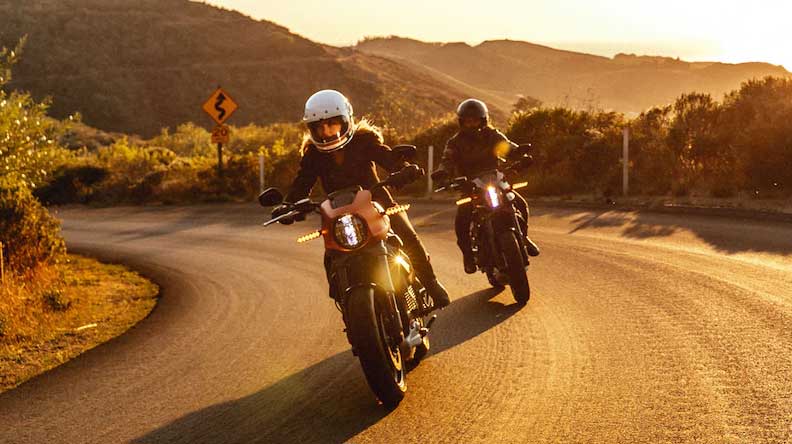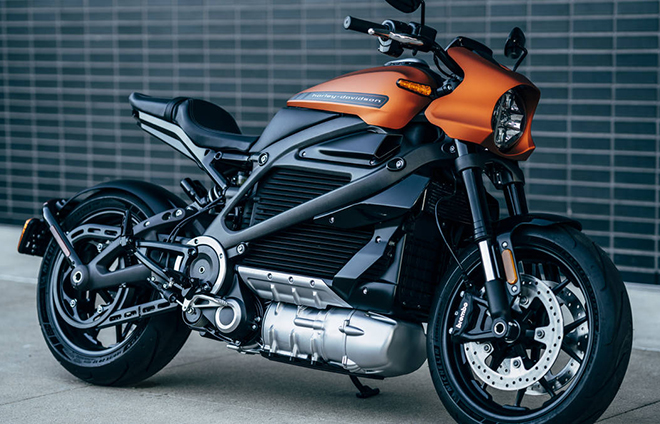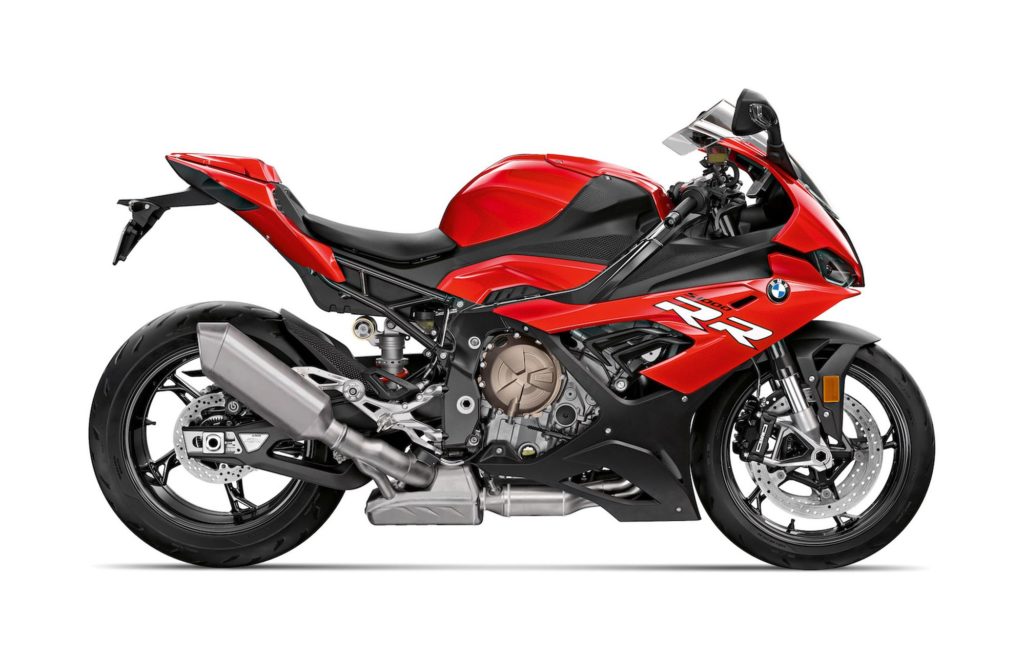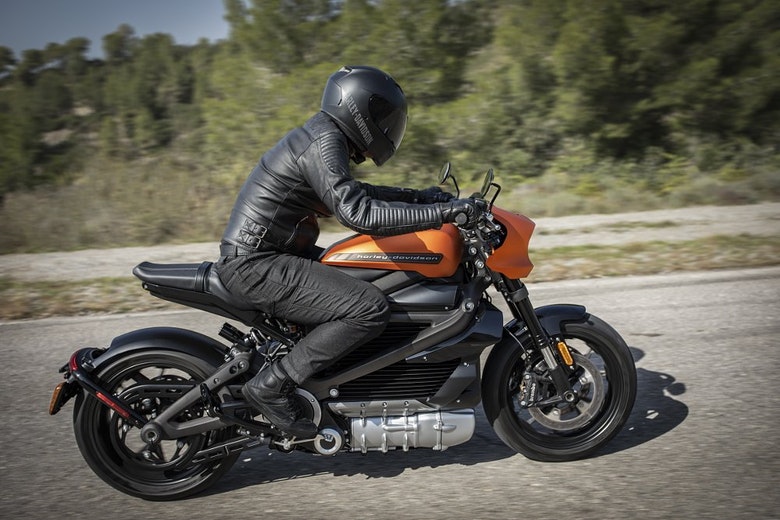News, Harley Riders
Harley-Davidson ELW LiveWire: How Much Does Customization Matter?
If there’s a truly controversial motorcycle on the market right now, it has to be the 2020 Harley-Davidson LiveWire, or EWL. Some customers have closely followed its development for years, counting the months until the release of the company’s first foray into electric-powered bikes. For others, it’s seemingly an answer to a question that nobody asked. And, as if in defiant echo of that fact, the LiveWire is indeed like nothing else on two wheels.
Its resume is impressive, managing 0-to-60 in a quicker time than the BMW S1000 RR while remaining accessible for beginners. It’s got all the timeless beauty of the company’s most classic rides, and no detail was missed in its engineering. The bike even pulsates slightly beneath the rider when turned on — a slightly underwhelming but still enjoyable feature that helps make up for the lack of visceral “feel” you’d get on any other Harley.
The most interesting thing about the LiveWire, though, is its very existence. The fact that Harley-Davidson — a company whose brand is synonymous with loud pipes and stubborn pride — saw the creation of an all-electric bike as a worthwhile investment proves that the future of motorcycling is already upon us. But as open-minded as many loyal H-D customers are, is this a future they’re ready for?
The heart of Harley-Davidson is not V-Twin engines or leather apparel, despite what you might see in advertisements. The heart of the company is individuality. From its “Rebel by choice” branding to its “No room for blending in” marketing campaign, promotion of unique and personal choice underlies every bit of the Harley ethos.
No manufacturer’s motorcycles are customized more extensively, intricately, or thoughtfully than Harley-Davidson’s. Yes, parts and accessories are a large source of revenue for the company, but the market is mutually beneficial, allowing customers to simultaneously be part of an exclusive worldwide club and retain a sense of individuality and creativity.
But does the LiveWire live up to that standard?
It depends on your perspective. One way to gauge this is by simply looking at Harley-Davidson’s online store, where you’ll find a total of 117 products associated with the ELW. By contrast, check the same for other models and you’ll find a very different story. The 2020 FLHC Softail, for instance, has 992 custom parts and accessories available for it. The FLTRX Road Glide has 1,295. And the FLHR Road King, quintessential American motorcycle that it is, comes with a whopping 1,349 associated custom options. Even the lowly Street 750, H-D’s last bike to “break the mold,” has 200% more options available for it than does the ELW.
That’s not really a knock on the LiveWire, which, with or without customization, brings a lot of uniqueness to the table. However — and this is a big however — it also comes with an MSRP of $29,799, quadruple the price of Harley’s cheapest model and the most expensive non-CVO in its lineup. Of course, it has every bit the quality that HD riders are used to paying for.
The question is, does it offer the customer experience that they’re used to paying for? On that one, the jury’s still out.




